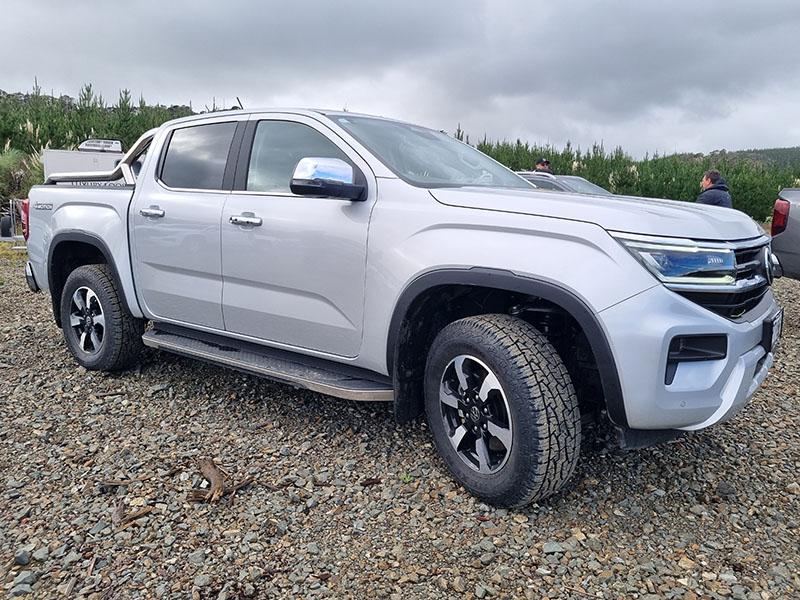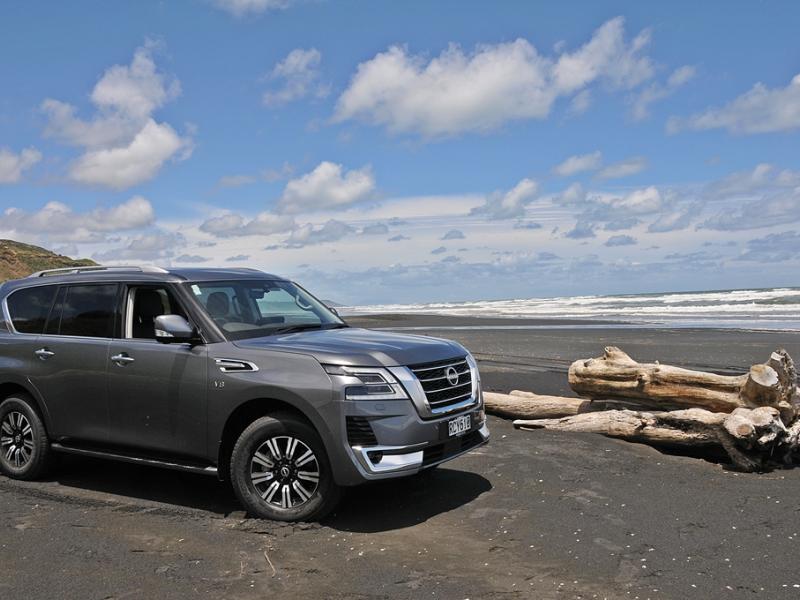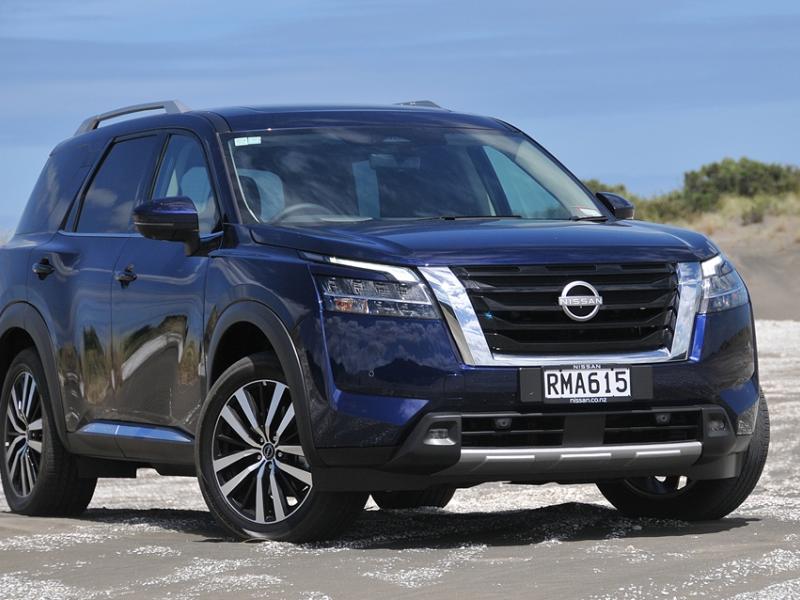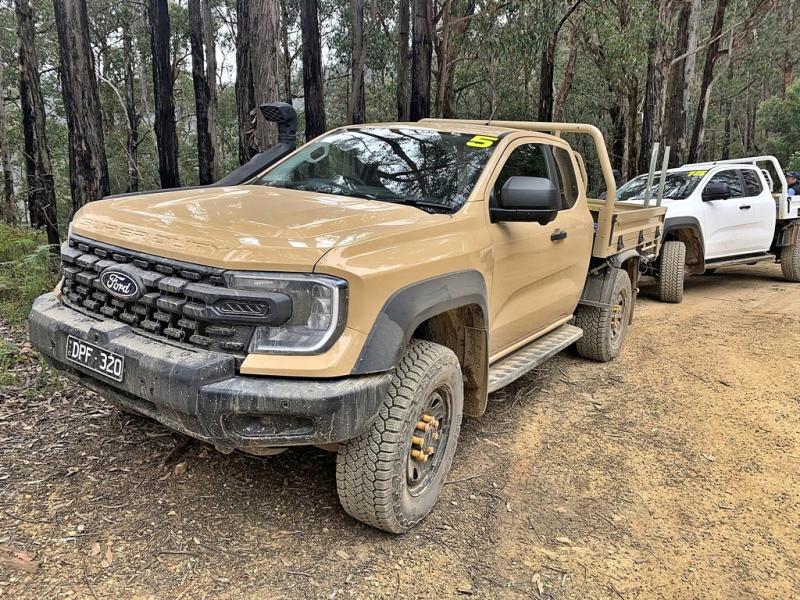Remember life before the iPad?
Remember style before One Direction? (The boy band, for those over 55.)
In that case, readers probably also remember the ute market without the Volkswagen Amarok (Inuit for Wolf). A dull, sad place it was too.
Amarok version one arrived in 2010 and introduced the first of the premium European utes. It’s a segment which others have tried and failed to succeed in, but Amarok persevered and thrived in a slim but stable segment of the market.
The Amarok did not have an especially easy time of it when it first launched. It was delayed in its arrival here and when New Zealand did get it, Volkswagen’s premium product came with a stick shift only.
It would be a few months before that little issue was solved with an auto eight-speeder – and a very good one, we should add – but it did give Amarok’s rivals a significant advantage, which was exactly what Volkswagen did not need.
These issues did not however, keep the 7,700 Amaroks out of Kiwi garages and that, according to Volkswagen NZ, suited the Amarok in terms of sales for its first 13 years anyway.
And to be fair, the automotive landscape at the time was well positioned to embrace even the luxury utility vehicle, since four out the top selling six vehicles in 2010 were utes and they were carrying the load of New Zealand’s 10 consecutive years of vehicle growth.
The first edition Amaroks did showcase the technological genius of Volkswagen. Those with an open mind embraced what the Amarok was capable of: effectively using electronic control systems and buttons to replicate what a hard-core, twin stick 4WD ute could do.
This did alienate some, but drivers new to the world of 4WD utes were quite impressed with the idea of a little solenoid getting its boots dirty rather than having to get out into the mud themselves.
Make no mistake however, the Amarok proved its off-road chops quite early in the piece, and even the Swandri and gumboot wearers grudgingly admitted Amarok was capable off-road. This was no city slicker, but it did have a city slicker price tag, which tended to keep the Amaroks off the farm and more on the boat-ramp.
Amarok went through its ‘teeth cutting phase’ quite quickly and entered into what pundits refer to as the great Newton Metre race where every ute manufacturer was upping the stakes and torque outputs, finally reaching the ‘OK, enough is enough’ figure of around 550Nm, which is when the race stopped, and engines collectively breathed a sigh of relief as 500Nm became the norm.
Of course, 500Nm is still a healthy whack of torque and the easiest way to get up there was to have six cylinders sharing the work.
Enter Amarok (promptly this time) with some very tasty examples which did command a premium price but delivered the goods admirably; the Aventura grade being the crème de la crème of the Amarok line.
And so, 2023 and the introduction of the second-generation Amarok. We’ve known this was in the outback for quite some time, and anyone who has read motoring prose from around the world will no doubt be aware South Africa has had Amarok Mark II in play for a fair few months now.
Those readers would likely have picked up on the fact that this Amarok is the result of a joint venture between Ford and Volkswagen. If you were expecting a ‘Range-rok’ from Volkswagen though, you would have been disappointed. The JV delivered closer to an ‘Amarok-ger’ if anything.
While Volkswagen was OK with a JV, it was not prepared to let Father Ford be the dominant partner, which historically is the way Ford JVs have gone.
No, Volkswagen was insistent that their ute was going to first retain its Volkswagen DNA, be able to tow 3500kg, be able to accommodate a Euro pallet in the tub, have disc brakes all-round, SUV-like handling and have a V6 engine available.
All of which sounds reasonable, but Amarok had some other features on the list. Amarok must have an 800mm wading depth, must have a mechanical diff lock and incorporate an electronic parking brake. All of which has happened, right across the 2023 Amarok range.
General manager for Volkswagen New Zealand’s commercial operation Kevin Richarded says the key consideration was that the Amarok “has to feel and drive like a Volkswagen and we had engineers in Australia overseeing this."
“Amarok is most definitely part of the Volkswagen family and it looks like it, with a very distinct but contemporary face. It drives and handles the way a commercial Volkswagen should, but it also retains the driving sophistication of our Volkswagen passenger line.”
We asked at launch if the Amarok was going to become the halo vehicle for Volkswagen as a result of the engineers developing exactly what was asked of them. The answer was a little surprising, Volkswagen would continue to be championed by a passenger vehicle in this country, but Amarok was very likely to convert a number of VW passenger buyers as well as bringing in some conquest sales from other brands.
Were there sales projections in terms of numbers? Amarok is looking at modest sales results this year with about 950 sales expected. In 2024, Volkswagen NZ is looking to break the 1000-unit glass ceiling, and is confident it can.
The underpinnings of the new Amarok give credence to this expected success.
First of all, there are two 4MOTION set- ups for the Amarok, the first of which is dubbed Part Time 4WD and the second is Selectable 4WD. What’s the difference?
The Part time 4WD has a 2WD and 4WD H ratio for highway applications. There is also a 4WD L off-road specific ratio. In 2WD, the Amarok is a rear-wheel-drive ute.
Selectable 4WD is different as it includes everything mentioned above and includes a 4WD automatic mode called 4A.
In the 4A setting the Amarok determines how much torque is needed between rear and front wheels from 0 to 100 per cent or from 50/50 as the vehicle determines.
The rear mechanical diff lock – standard for all Amaroks – allows the rear wheels to rotate at the same speed, thus improving traction. When 4 L 4WD is selected, the diff lock can be engaged at any speed.
In all other drive settings, diff lock is only available under 40km/h.
Additionally, all Amaroks have a Drive mode selector – de rigeur on many vehicles today making them extremely versatile. Common ground to all Amaroks are Eco, Normal, Slippery and Trailer modes. The two hard core off-road models add Mud/Track and Deep Snow/ Sand modes.
So how many Amaroks in the range? There are four, starting with the four- cylinder Life and Style models, then venturing into the V6 territory of the Pan Americana and the Aventura, these last being the proper off-road versions.






